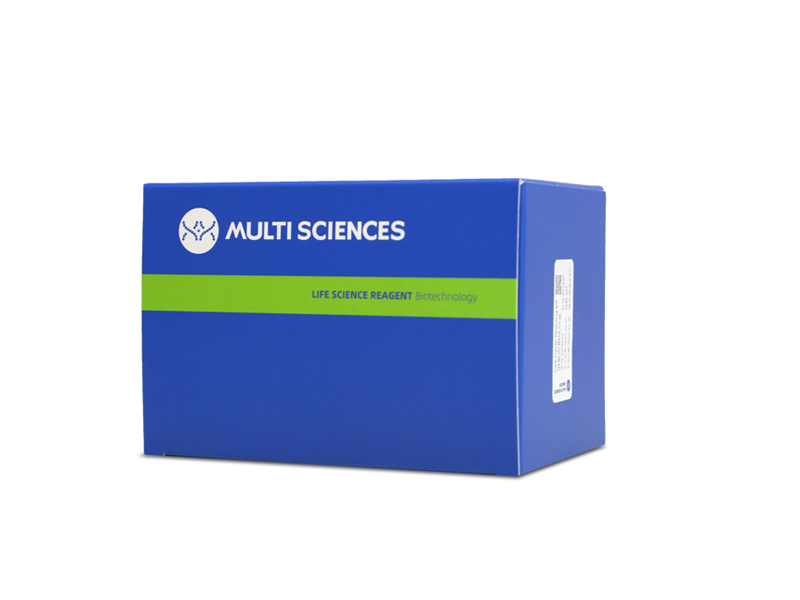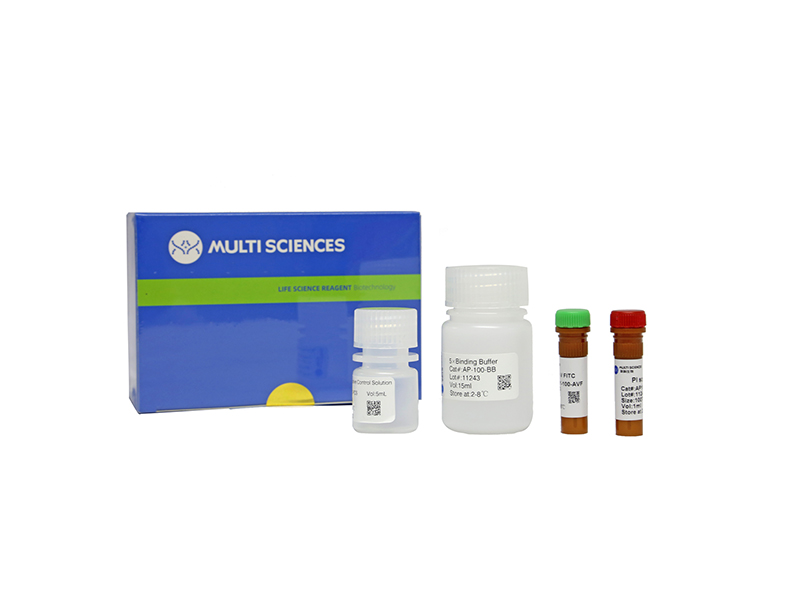Aims:Adiponectin (APN) is a protein hormone secreted mainly by adipose tissue that exhibits biological functions such as anti-inflammatory, anti-atherosclerotic, anti-apoptotic, hearing-protective and microcirculation-regulating functions. In this study, we explored whether APN could attenuate damage caused by CoCl2-induced hypoxic conditions in smooth muscle cells (SMCs) of the spiral modiolar artery (SMA).
Main methods:We first cultured and identified primary SMCs of the SMA. Afterward, the SMCs were pre-treated with APN and then stimulated with CoCl2.
Key findings:Compared with the control group, the group treated with CoCl2 for 24 h exhibited significantly decreased cell viability, significantly increased apoptosis rates and Malondialdehyde (MDA) levels, and decreased Superoxide Dismutase (SOD) activity. In addition, the expression levels of Bax and cleaved caspase-3 were upregulated, while those of Bcl2 were downregulated evidently. Compared with the CoCl2 group, the group pre-treated with APN before receiving CoCl2 treatment had increased cell viability and SOD activity but decreased MDA levels and apoptosis rates. The expression levels of Bcl2, p-AMPKα and Cx43 were evidently increased, while those of Bax and cleaved caspase-3 were decreased, in the group pre-treated with APN compared to the CoCl2 group. The protective effect of APN was blocked by the AMPK inhibitor Compound C and the Cx43 inhibitor Gap19.
Significance:Our study demonstrated that APN protected SMCs against CoCl2-induced hypoxic injury via the AMPK signalling pathway and regulated the expression of Cx43 in cells. Therefore, APN might be a promising treatment for diseases related to circulation disturbances of the inner ear.
文章引用产品列表
-
- AP101 1755 Citations
- 凋亡试剂盒
Annexin V-FITC/PI Apoptosis Kit(适用于除C6以外的流式细胞仪)
- ¥630.00 – ¥1,280.00



